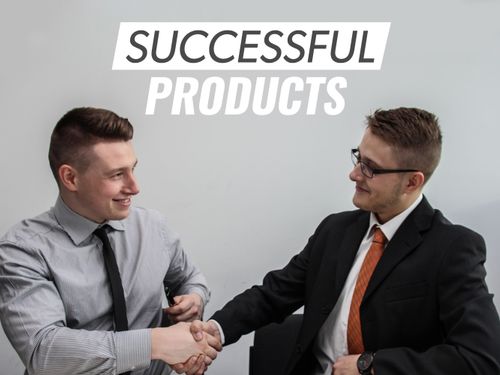Hooked: This is what makes a product successful
Apr 09, 2022 · 2 mins read
0
Share

The world’s most successful products make us form habits. Since habits are hard to break, this turns us into loyal customers in the long-term, e.g. people who stick to buying Apple products.
Save
Share
For a new product to gain traction, it needs to disrupt people’s existing habits. The only way to achieve that is by offering dramatic improvements with little effort. Products that demand a great deal of behavioural change will fail, even if the benefits are clear.
Save
Share
Any good habit-forming product relieves a pain point for the user. Initially, it seems like a nice addition to your daily life (e.g. vitamins). Once a habit is formed, it feels essential (e.g. painkillers). The ultimate aim is for the user to associate the product with relief.
Save
Share
People grow dependent on a product when it becomes a part of their daily routine. Once a routine forms, users are less sensitive to the price of a product. This is how companies can charge more without losing customers.
Save
Share
There are four stages to getting a user hooked on a product.
1) Trigger: what makes someone try it.
2) Action: what’s required to use the product.
3) Reward: what pleasure is being offered.
4) Investment: what we’re prepared to give up (e.g. money, time, information).
Save
Share
The initial trigger to use a product is external. We hear of it through word of mouth, etc. But once a user is hooked, the trigger becomes internal (e.g. boredom, anxiety, loneliness). An effective trigger offers a simple course of action. The lower the entry barrier, the better.
Save
Share
A successful product rewards the user. But to build anticipation, there must be multiple and variable rewards. Think about what draws you back to social media. The red notification marker might be there. You scroll through your feed hoping there might be something great in there.
Save
Share
Our brains link investment with value. If we put lots of effort or time into something, it must be worth it. Every time we pass through the four stages of getting hooked (trigger, action, reward, investment), our perception of a product’s value rises. This keeps bringing us back.
Save
Share
Getting people hooked on a product poses a moral dilemma. To determine if your habit-forming strategy is ethical or not, ask yourself two questions: “Does this product enhance people’s lives? Would I use it myself?”
Save
Share
Bottom line: a successful product has clear appeal (trigger), can be used easily (action), delivers pleasure and anticipation (reward), while increasing the odds of a user putting their time, social capital or effort into the product (investment) on the next visit.
Save
Share
0